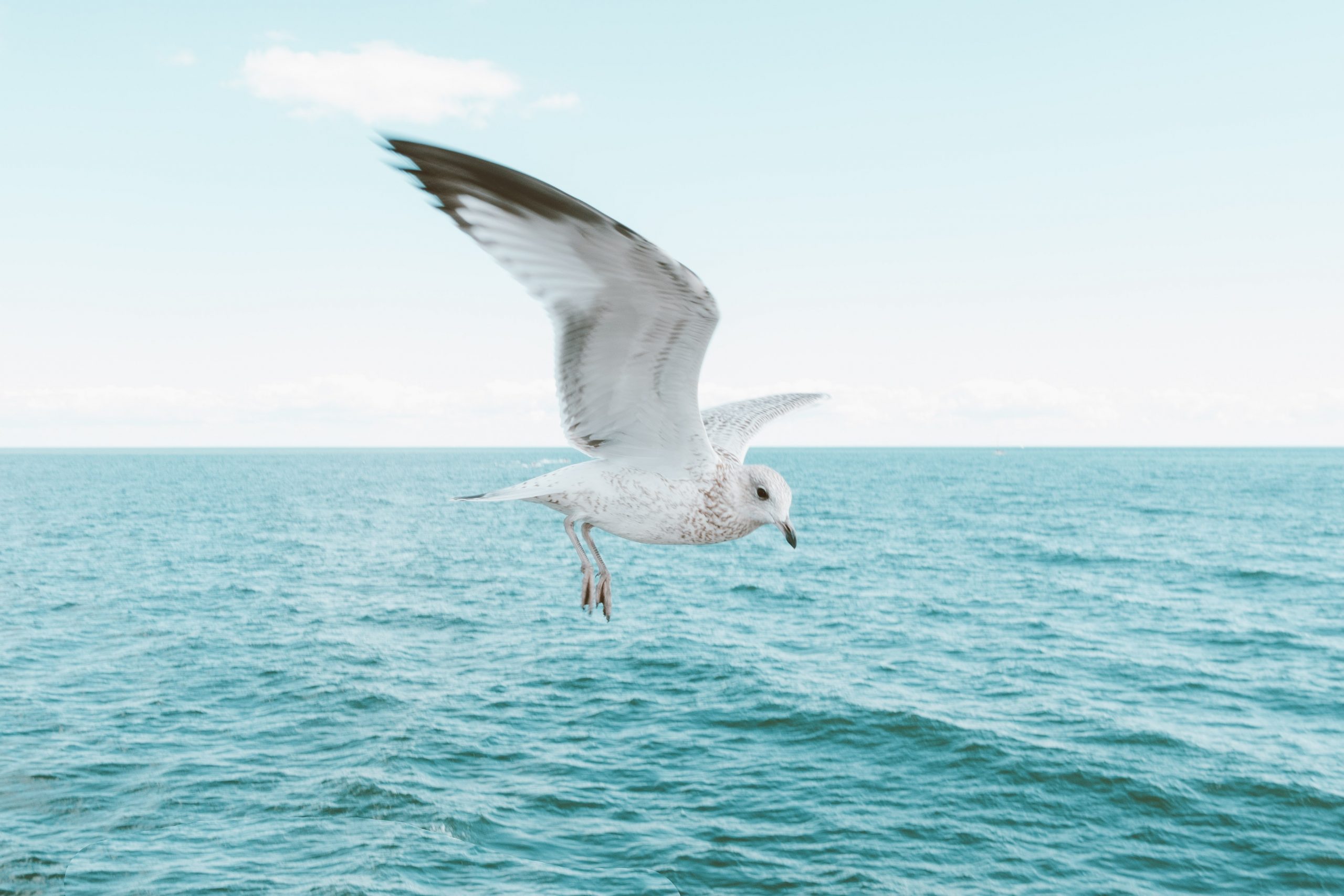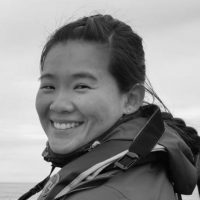
ObSERVE II

- Title
-
ObSERVE II
- Start Date
-
Summer 2021
- End Date
-
Summer 2025
- Funding Body
-
Department of Housing, Department of Environment, Climate, and Communications, and SEAI
- Coordinator
-
School of BEES and MaREI, University College Cork
- Research Partners
-
IMARES, Wageningen UR, Netherlands, and Duke University, United States
- Project Partners
-
Action Air Environment, France
- Principal Investigators
- Research Area
-
Marine Ecology, Coastal and Marine Systems, Animal Distribution
Introduction
At least 28 species of cetacean have been recorded in the NE Atlantic from strandings and sighting surveys, with 24 species recorded in the Irish Economic Exclusion Zone. A further 52 species of seabirds have been recorded in Irish waters, and recognition of Irish waters as internationally important foraging and breeding sites for seabirds has been well documented. Other megafauna that are recorded in Irish waters include a number of marine turtle species, basking (Cetorhinus maximus) and blue sharks (Prionance glauca) and sunfish (Mola mola). Most of these species are protected species under national, EU and international legislation and serve as biodiversity/indicator species under the Marine Strategy Framework Directive.
The ObSERVE Programme, will undertake surveys for marine megafauna in Irish offshore waters. The purpose of these surveys is to estimate and describe animal density, abundance, and distribution.
The principal scientific objectives of the three-year project are:
(i) to assess the importance of waters within the inshore and offshore study areas for a wide range of marine mammal, bird and turtle species;
(ii) to undertake a more intensive survey regime and assessment of the importance of waters off southern and south-western Ireland in the summer breeding, autumn post-breeding and winter seasons of one year, for marine birds and ancillary species (e.g., marine mammals and turtles);
(iii) to identify, where possible, key areas that indicate a higher conservation importance;
(iv) to derive multi-annual summer and winter density and abundance estimates for selected cetacean, marine bird and turtle species;
(v) to investigate and use design-based and model-based estimation methodologies to improve the precision of project results for cetacean species and relevant marine birds, as a minimum;
(vi) to calculate associated variance, Coefficients of Variation and 95% Confidence Intervals around the species density/abundance estimates generated.




